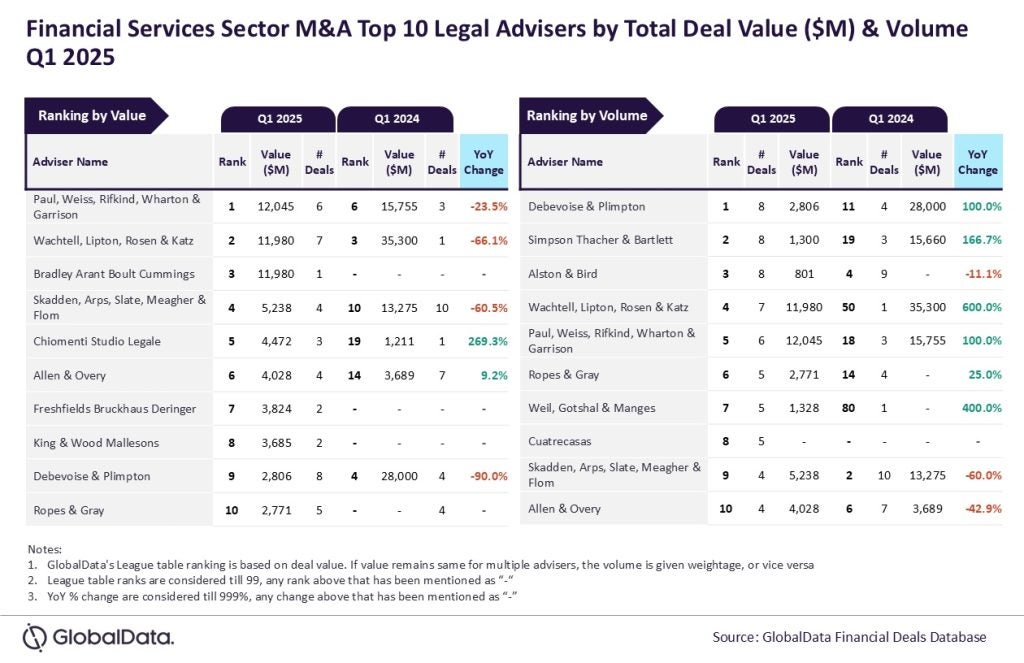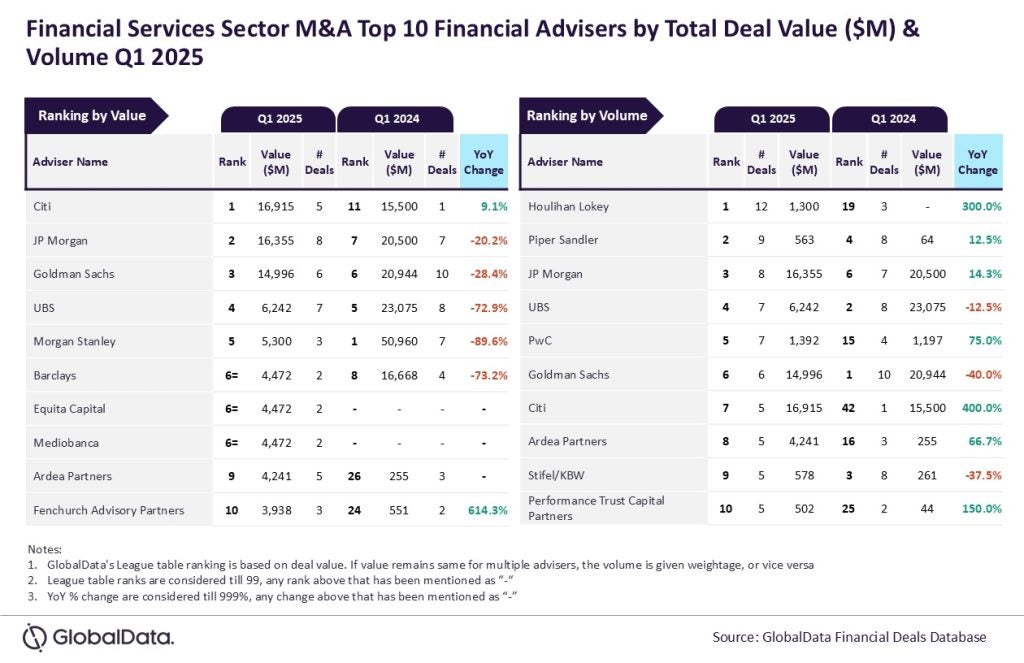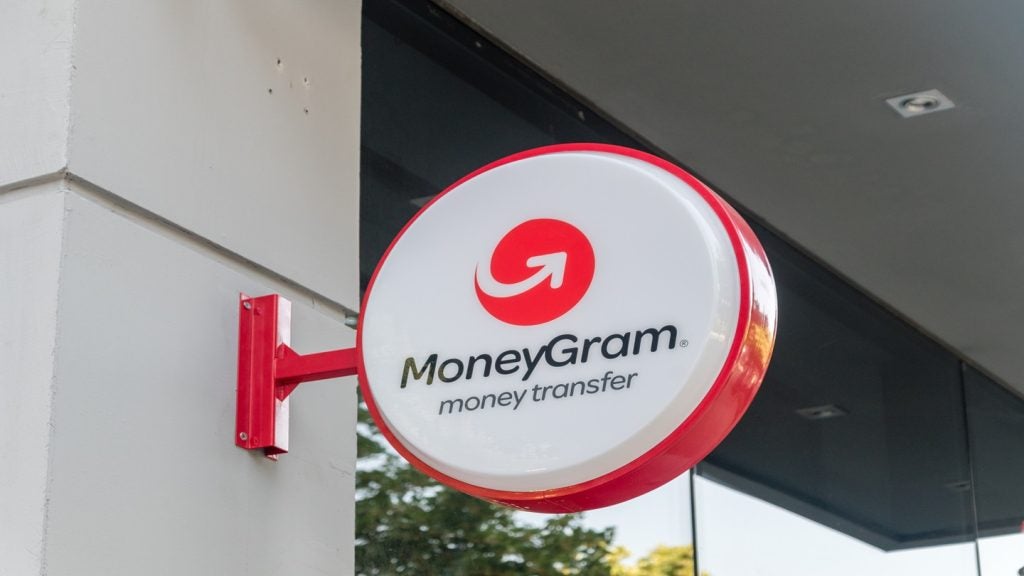BankMobile, the US mobile-only subsidiary of Customers Bank, describes itself as a technology company with a bank charter. It targets digital natives with the claim of “leveraging technology to put a bank in your pocket so you can enjoy the freedom of banking wherever and whenever you want.” Robin Arnfield reports
Customers Bancorp, the holding company for Phoenixville, Pennsylvania-based Customers Bank and BankMobile, was founded in 2010 by Jay Sidhu, who had previously set up Sovereign Bancorp. Sidhu formed Customers Bank, which has $7.6bn in assets and operates in New England, New York State and Pennsylvania, by acquiring and amalgamating several banks.
“In 2014, Jay Sidhu decided to embrace Fintech and mobile-first banking, and came up with the idea of BankMobile,” says Dan Armstrong, BankMobile’s Chief Digital Officer.
Launch
BankMobile’s tablet and smartphone mobile banking app was commercially launched in January 2015. “BankMobile operates under its parent’s banking charter and offers a full range of services such as single and joint demand deposit accounts with cheque-books, savings accounts, and lines of credit,” says Armstrong. You can sign up on your phone for an account with a line of credit in just five minutes.”
BankMobile has no fees, including no overdraft fees, and pays interest at 25 basis points above the top four US banks, says Armstrong. “We offer fee-free access to the 55,000 ATMs in the Star Network, and, if customers have regular direct deposits into their BankMobile account, they don’t pay fees to use any US ATM,” he says.
Because Customers Bank has under $10bn in assets, it is free from the debit card interchange restrictions imposed by the Durbin Amendment. This enables BankMobile to generate a high proportion of its revenues from debit interchange, in addition to interest from overdrafts.
Students
BankMobile has a particular focus on the student market, offerings programmes such as its BankMobilist College Brand Ambassador programme and Financial Literacy Scholarships.
In December 2015, Customers Bank announced that it had acquired New Haven, Connecticut-based Higher One’s student chequeing account and refund management disbursement businesses. Higher One serves around 900 campuses across the US, providing them with a technology platform for disbursing financial aid to students through deposit accounts opened by Higher One’s partner banks.
Customers Bank will merge Higher One’s student chequeing account and refund management disbursement businesses with BankMobile, in order to provide the mobile-only bank with a customer acquisition strategy for the Millennial and Generation X markets.
“For several years, Customers Bank has acted as bank of record for FDIC purposes for around 50% of Higher One’s student accounts,” says Armstrong. “Our plan is to offer Higher One student customers a BankMobile account as they graduate.”
BankMobile Technologies
In August 2015, BankMobile launched a new division, BankMobile Technologies, headed by Armstrong, and with IT industry veteran Kirk Barrett as Chief Technology Officer. Prior to joining BankMobile, Armstrong worked as a consultant setting up mobile banking and payment systems in emerging markets.
“Our banking app provider is Malauzai Software, which provides us with access to its technology partners such as Mitek for mobile cheque remote deposit capture and account on-boarding by photographing ID documents, and Allied Payment Network for photo bill pay.”
The reason BankMobile set up its in-house technology division is because the bank wants to develop its own banking apps, instead of using a standard third-party platform that is available to its rivals. “Malauzai is a great partner, and we recommend them to credit unions and banks wanting to get into mobile banking,” says Armstrong.”
But we want to differentiate ourselves from everybody else, and the way to do that is to become our own Malauzai and develop our own proprietary platform. We will also use best-of-breed technologies from third-party vendors that plug into our middleware.”
Armstrong says it is possible that BankMobile will license its proprietary banking API to affinity or co-brand partners. “We deliberately built our API so that it can be licensed and also so that it can be used by Customers Bank independently of BankMobile,” he says.
Differentiation
Because, apart its lack of branches, BankMobile is a full-service bank, Armstrong says its customer offering has distinct advantages over “neo-banks” such as Moven, which partners with CBW Bank, and GoBank, which was launched by WalMart and GreenDot in 2014. “We want to be the full-service primary bank for our customers, and compete with big players like Wells Fargo, whereas these neo-banks just offer prepaid debit cards with limited checking account functionality,” he says.
“The biggest point of differentiation is that BankMobile acts more like challenger banks in the UK and Europe,” says Celent analyst Stephen Greer. “Most of the mobile-only (banking) offerings in the US are essentially prepaid services and don’t have bank charters. BankMobile is like Atom Bank or Tandem in the UK, acting as a start-up chartered institution.
Adding in the technology aspect, BankMobile becomes very much like Fidor Bank in Germany, a licensed bank with its own in-house tech development. BankMobile will be able to plug in innovative third-party services to its API in the same way that Fidor does with its FidorOS open-platform API. For example, Fidor allows users to access (online forex service) Currency Fair through its platform, and to access their bitcoin wallets. I see potential for BankMobile to white-label its platform to generate licensing revenues just like Fidor does with FidorOS.”
BankMobile could face competition from Portland, Oregon-based Simple, which was founded in 2012 and originally used Bancorp to handle its deposits. Simple was acquired by Spain’s BBVA in February 2014 through the Spanish bank’s BBVA Compass US subsidiary. “We’ll begin opening customer accounts backed by BBVA Compass’ real-time banking core in 2016,” a Simple spokesperson says.
“In and of themselves, BankMobile’s mobile banking features aren’t unique, but the combination of features is impressive,” says Ron Shevlin, Director of Research at Cornerstone Advisors. “The fact is that the majority of US banks and credit unions who offer mobile banking services, don’t provide all the features BankMobile provides. In particular, ‘photo enroll’ – the ability to take a picture of your driver’s license and have your information automatically loaded into the account application – is a nice convenience for people looking to open an account with BankMobile.
For me, the real point of differentiation is that BankMobile purports to offer customers access to a ‘personal banking team’ – available during business hours – to get help with things like building a budget or improving their credit score.”
Growth
In December 2015, BankMobile announced that it had signed up over 100,000 customers since its January 2015 launch and that, as result of Customers Bank’s acquisition of two of Higher One’s student businesses, it will have 2 million customers by July 2016. In a statement, Customers Bank said that BankMobile expects to add around 500,000 new student chequeing accounts each year as a result of the acquisition.
“The 100,000+ BankMobile customers is a mix of regular BankMobile clients acquired organically and Higher One student customers,” says Armstrong. “We also plan to integrate Customers Bank’s GetBack (www.getback.net) employee expenses prepaid card subsidiary, which offers 1% cashback on business spending, with BankMobile.”
During either Q1 or Q2 2016, BankMobile will relaunch its banking platform and app with extra features and a new more responsive user experience, based on technology developed by its in-house technology division, Armstrong says. “We will be offering a number of product enhancements,” he says. “These will include a simplified line of credit and overdraft regime; a higher level of PFM (personal financial management) categorisation so customers can see what is going on with their accounts without having to enter a PFM programme; management of family accounts so individual family members can be given a debit card and demand deposit account; and accounts for small business people and entrepreneurs.”
Significant trend
Greer says he sees the emergence of mobile-only banks as a significant trend in the US for two reasons. “Firstly, from the outset, they´ve moved the conversation along about what’s possible through mobile banking,” he says. “Even though these offerings haven´t hit a ‘tipping point’ with consumers, the examples of what’s possible have forced the industry to evolve and think more intentionally about digital. Secondly, banks like BankMobile are built from the ground up to be customer-centric. This is an added advantage that gives them an edge in operating costs, data analytics, and user experience. Nevertheless, adoption so far hasn’t lived up to expectations. Digital-first banks have generally found it more difficult to acquire new customers or lend out new deposits, usually sitting on lower than average loan-to-deposit ratios.”
US customer adoption of mobile-only banks will depend on how well these new institutions can create propositions that are significantly more enticing than traditional financial institutions, Greer says. “I think there is ample opportunity to grow, but the growth of these new banks won’t mean the death of major industry players,” he says. “BankMobile specifically is targeting millennials with student bank accounts and other offers/features around student loans, and could be in a good position going forward.”







